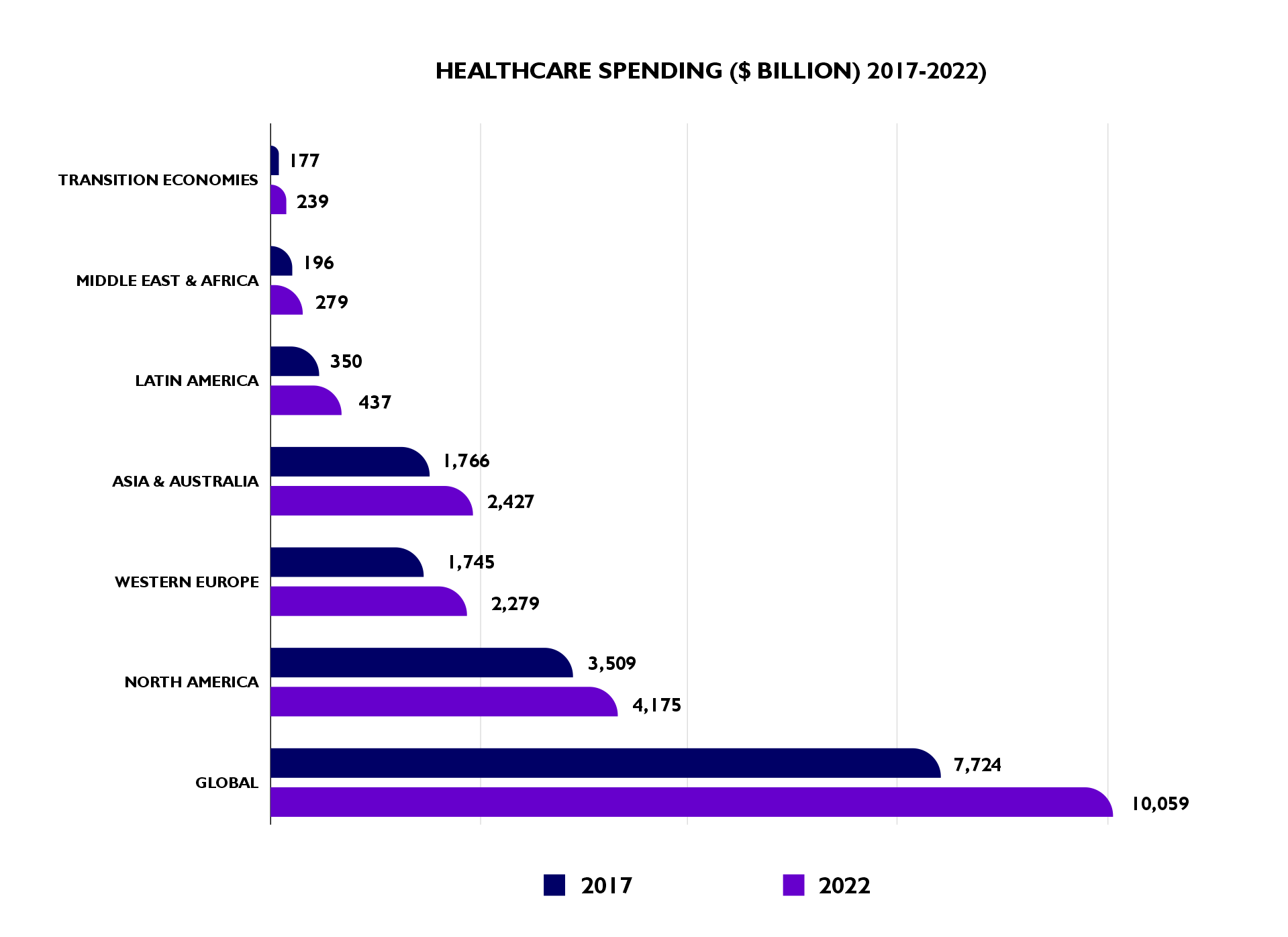
Health care
trends


Health Care Trends
Envisioning a future on which new business and health care delivery models, aided by digital technologies, represents a challenge, but will help solve today’s problems and build a sustainable foundation for affordable and quality health care. For this future to become a reality, it is required to shift from a system in which patients are treated after falling ill, to a system of health care, backing up well-being, prevention and early intervention.
As new economic models emerge, resulting in inter-disciplinary and cross-industry convergence, the evolution of health care will have far-reaching consequences. The qualities of a smart health community in today's ever-changing modern world would include:

- The patient is given the right treatments at the right time and in the right place.
- Doctors utilize technology to identify and treat illnesses more precisely.
- All health-care stakeholders (providers, patients, companies, and governments) communicate and use data effectively.
- Patients are kept up to date on their treatment plans and are actively involved in them.
- New, cost-effective delivery models offer health care to people and areas where it is currently unavailable.
- Resource waste is reduced as efficiency improves.
Consumers who are aware and empowered will be at the center of the new health care value system - change agents and engaged health care providers with high expectations of their health care ecosystem. Instead of being pushed services, these customers will draw solutions, reversing the present health-care delivery model from business-to-consumer to consumer-to-business. As a result, stakeholders are expected to engage with consumers and improve the patient experience through innovative technologies and customized initiatives. Furthermore, disruptive tendencies in health care delivery and mobility will fundamentally alter everything, from the location of care to who delivers it and how it is delivered.
The surge in health-care spending will be driven by aging and growing populations, developing market expansion, clinical and technological breakthroughs, and rising labor expenses. Furthermore, the trend toward universal health care is anticipated to continue, with more countries expanding and deepening their health-care systems to lower out-of-pocket (OOP) costs. Nonetheless, the forecast for health-care spending will differ depending on the location or country.
Despite increased financing in many countries, public health care expenditures appear to fall short of what is required to address persistent issues such as accessibility, affordability, awareness, infrastructure, and skilled human resources.
